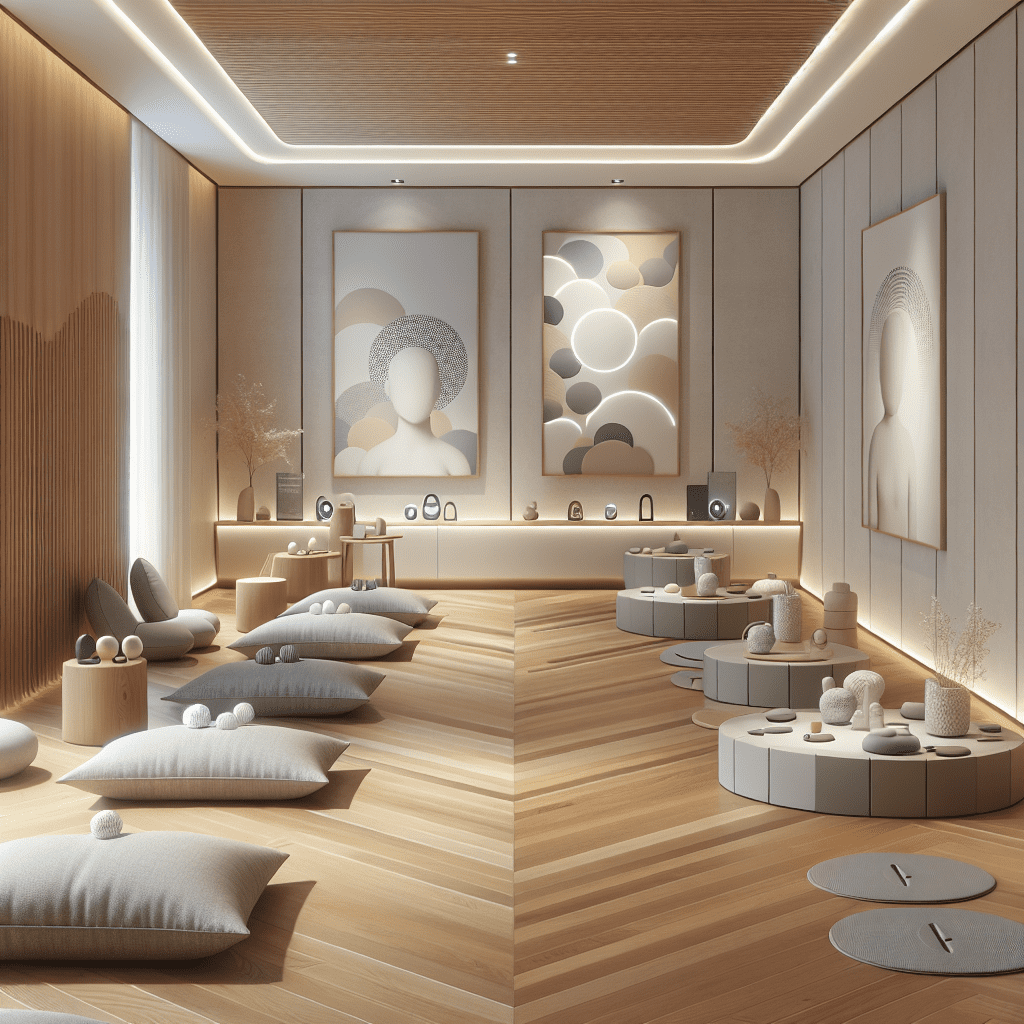
Prioritize your mental well-being daily. Enhance your life by nurturing your mental health with the Smart Meditation app. Break free from stress, alleviate anxiety, and enhance your sleep quality starting today.
What Does Anxiety Look Like Infographic?
Understanding Anxiety Through a Visual Lens
In the bustling, break-neck speed of today’s world, anxiety has become as common as the common cold. Yet, unlike the sniffles, its manifestations aren’t always as visible. So, what does anxiety look like, really? Let’s decode this intricate condition through the powerful medium of infographics, a visual tool that simplifies complex info into graspable, bite-sized chunks.
The Many Faces of Anxiety
First off, it’s crucial to grasp that anxiety isn’t a one-size-fits-all deal. Its symptoms and effects can vary tremendously from one individual to another. However, recognizing common signs can be a beacon of understanding for those navigating through the fog of anxiety. Here’s a glance at the various dimensions anxiety can encompass, illustrated through an infographic approach:
1. Physical Symptoms:
- Racing Heart and Sweaty Palms: Like you’re about to bungee jump, minus the actual jump.
- Sleep Disruptions: Counting sheep turns into counting worries, making a full night’s sleep as elusive as a unicorn.
- Muscle Tension: You’re so tense, people wonder if you’re secretly auditioning to be a statue in the local park.
2. Emotional Symptoms:
- Constant Worry: Your mind becomes a hamster on a wheel of “what ifs.”
- Irritability: Even the slightest things get on your nerves, as though the world turned up its annoy-o-meter.
- Feeling Overwhelmed: Like trying to drink water from a fire hose.
3. Behavioral Symptoms:
- Avoidance: Dodging places or situations like a pro-league dodgeball player, all because they spike your anxiety.
- Compulsive Behaviors: Checking things once, twice, thrice… because once is never enough.
4. Cognitive Symptoms:
- Indecisiveness: Making choices feels akin to defusing a bomb. Cut the red wire? Blue wire? Just. Can’t. Decide.
- Negative Thinking: The glass isn’t just half empty; it’s practically bone dry.
5. Social Symptoms:
- Withdrawal: Opting for Netflix and literal chill, because socializing feels too Herculean a task.
- Fear of Judgment: Feeling like you’re under a magnifying glass, with every move potentially sparking criticism.
Navigating the Anxiety Maze
If the above reads like a page from your diary, know that you’re not alone. Anxiety, in its many avatars, lurks in many a corner. But, recognizing it is the first step toward managing it.
What can one do, then? A plethora of strategies exist, ranging from professional therapy, mindfulness practices, medication (if deemed necessary by a healthcare provider), to simple lifestyle tweaks like regular exercise and a balanced diet.
In sum, this infographic-inspired breakdown sheds light on the multifaceted nature of anxiety. Awareness is the linchpin. Should you recognize these symptoms in yourself or others, don’t hesitate to seek help. Anxiety might be a common adversary, but it’s one that can be tackled with understanding, patience, and a dash of courage. Remember, it’s okay to not be okay, and reaching out for help is a sign of strength, not weakness. So, let’s turn the page on anxiety, one infographic at a time.





